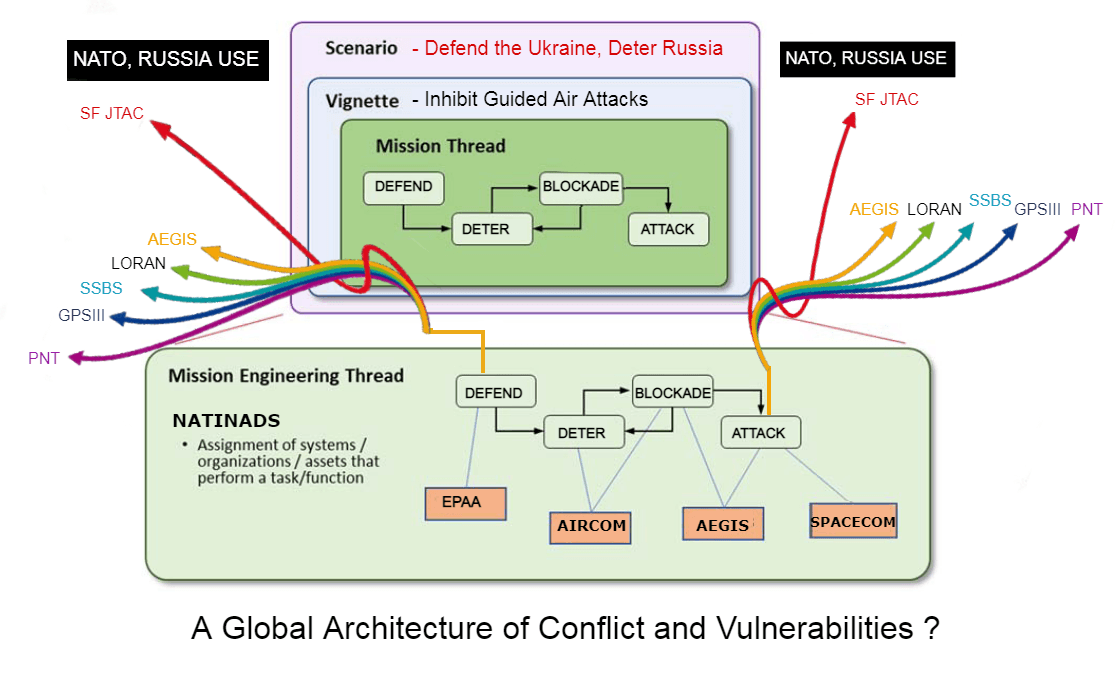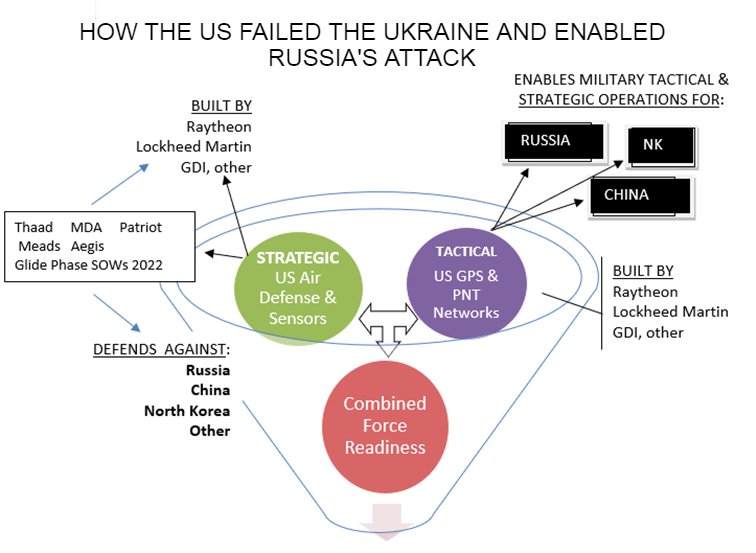'SYSTEM OF SYSTEMS'
There is a famous "crazy house" in Silicon Valley, the 160-room Winchester mansion, that was built willy-nilly over 38 years, one room or staircase-to-nowhere at a time
And that might be the best analogy for the vast and sophisticated US global IT architecture, that anyone can come up with..
Helping the US Government Blend its Diverse Technology Goals with US Military Goals and Programs
The conundrum with US technology spending is that lack of any one, singular oversight authority or architctural framework and repository of standards and artifacts - such as the DODAF framework - is destroying us.
This lack of IT and technology coordination, often exploited by larger tech primes or legislative venues to attract funding and jobs, means there are no checks and balances to catch US-Federal, or Federal-State, or US-NATO technology or program conflicts or vulnerabilities. Which is how the US and NATO ended up guiding the same Russian missiles, jets, and drones to attack the Ukraine - from Peterson AFB in Colorado (Northcom) - that they also sent missiles, drones, jets, and tanks to defend the Ukraine against.
There is no formal, AI-driven, macro review of the entire "system" that comprises America's distributed, multi-domain, global computing and critical infrastructure in space - air - land - sea. THIS is what we have called and lobbied for, and as the US Space Command also has lobbied for - but only within the US Defense Department; we think the entire US architecture must be coordinated, modernized, and orchestrated according to one unified spending and architectural plan - the 'System of Systems."
Architecting a new "System of Systems" IT Framework

Nato is one of the first world alliances to recognize the need for a synchronized, systems view of world military, government, & commercial technology architectures.

The US Congress considers and approves spending based almost entirely on a financial view of projected investment (multi-yearor Federal Investment) and short-term (operating expense) expenditure proposals.
A budgeting construct called NIPAs - national income and product accounts - is used to provide a general economic framework that describes the entire U.S. economy, and shows how the federal government fits into that framework. But there is no corresponding, AI-driven technology framework - similar to the US Defense Department's DODAF framework - to visualize and manage the complexity of US Military and Civilian government technology, infrastructure, and policy impact. Or to catch flaws or conflicts; or to visualize and plan how the US Government's architecture does mesh / will mesh with US and foreign commercial architectures in the same environment; and with NATO and other world government architectures.
A System of Systems view would have caught the technology conflicts that allowed Russia to use US space and satellite networks for its own use:

_________________________________________________________________________
Jets & missiles need two things to fly: fuel & navigational signal. If we cannot impact fuel, we can certainly impact our enemy's navigational signal. From the source, near-100% perfectly.
_____________________________________________________________________
For four years we have led the US defense industry in demonstration of real-time, from-the-source navigational signal acquisition and other impediment to enemy launch and flight: including gyroscopic and rf activity. But the larger question is - why did the US Congress miss the fact and irrefutable logic that for decades, Russia, China and other enemies were using US GPS for their military fleet and missile guidance; because Congress could have ordered this vulnerability addressed years ago. It still has not.
Because the US is not used to thinking in Big Picture, systems view, it entirely misssed this opportunity / vulnerability for several years.





